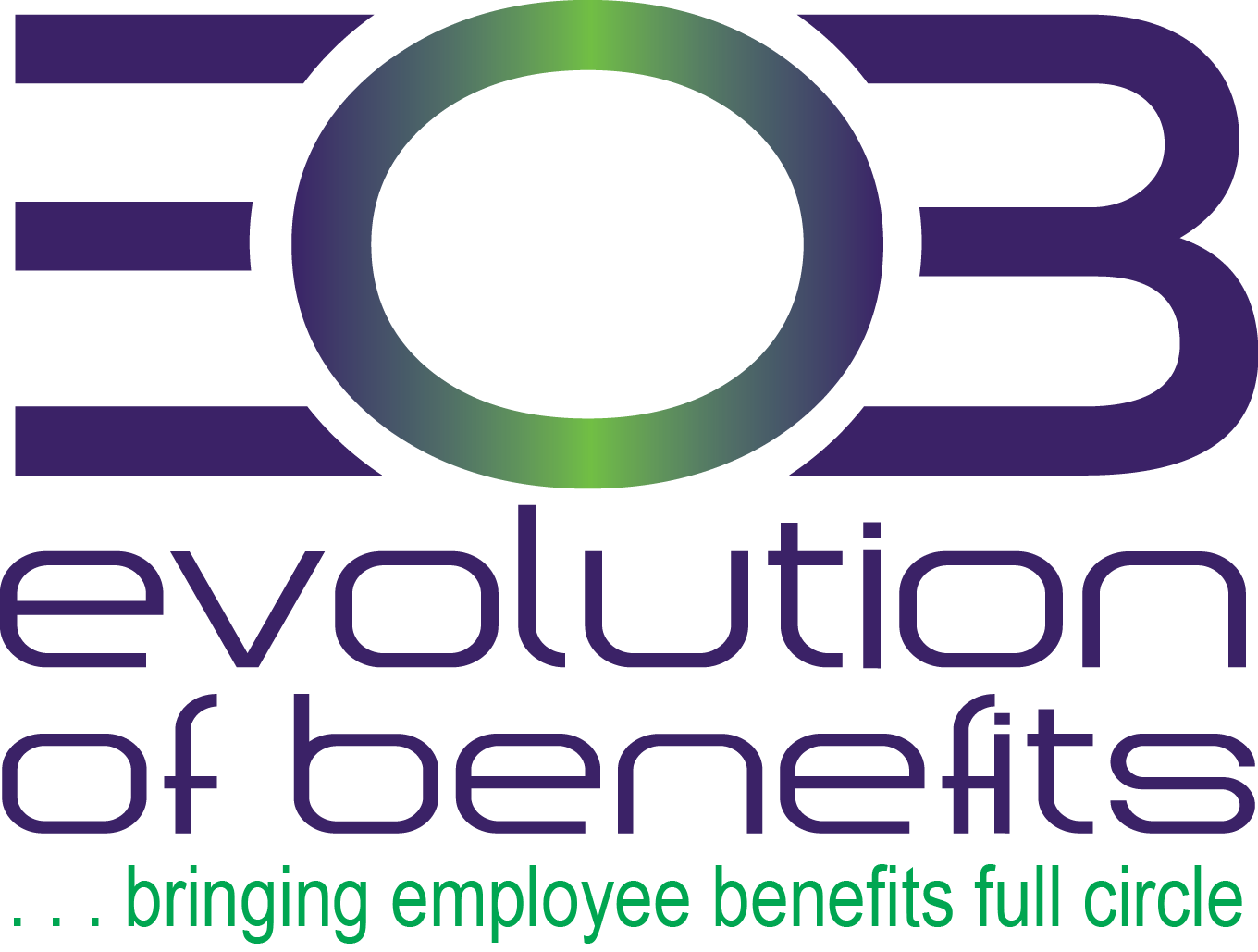Benefits Buzz – Telehealth Coverage for HDHPs Extended

A spending bill signed into law on March 15, 2022, extends the ability of high-deductible health plans (HDHPs) to provide benefits for telehealth or other remote care services before plan deductibles have been met without jeopardizing health savings account (HSA) eligibility. This extension applies to any telehealth services from April 2022 through the end of the year.
Federal Protections for Gender-affirming Care
The guideline recommends counseling for midlife women aged 40 to 60 years with normal or oThe Department of Health and Human Services recently issued guidance on federal civil rights protections and health privacy laws that apply to gender-affirming care.
- Federal Civil Rights Protections
- Federal Health Privacy Laws
Benefits Buzz – Women’s Preventive Services Guidelines Updated

The Department of Health and Human Services’ (HHS) Health Resources and Services Administration (HRSA) recently updated its preventive services guidelines to expand the list of women’s preventive services that group health plans are required to cover under the Affordable Care Act (ACA).
Preventing Obesity in Midlife Women.
The guideline recommends counseling for midlife women aged 40 to 60 years with normal or overweight body mass index to prevent obesity. In addition, the update revises the following five services:
- Breastfeeding Services and Supplies.
- Contraception.
- Screening for HIV Infection.
- Counseling for Sexually Transmitted Infections (STIs).
- Well-woman Preventive Visits.
Benefits Buzz – Supreme Court will Review Federal Vaccine Mandates

On Dec. 22, 2021, the U.S. Supreme Court announced that it will hear oral arguments regarding whether two federal vaccine requirements can be enforced while legal appeals are in process. On Jan. 7, 2022, the Court will consider requests on the Occupational Safety and Health Administration’s (OSHA) federal emergency temporary standard (ETS) for COVID-19 and the Centers for Medicare & Medicaid Services (CMS) emergency rule requiring COVID-19 vaccination of certain health care workers.
Increased Civil Penalty Amounts for Certain Violations
Effective Nov. 15, 2021, the U.S. Department of Health and Human Services (HHS) has increased the following key penalties affecting group health plans:
- Summary of Benefits and Coverage (SBC)
- Medicare Secondary Payer (MSP)
- HIPAA privacy and security rules
New Rule Requires Reporting of Medical and Prescription Drug Costs

On Nov. 17, 2021, federal agencies released an interim final rule requiring health plans and issuers to report information regarding the cost of prescription drugs and certain medical expenses. This rule is a continuation of the Biden administration’s efforts to promote greater transparency in health care spending.
Overview of the Interim Final Rule
However, benefits are only powerful retention tools if employees see value in the offerings. Many
employees expect some perks and arrangements made necessary during the pandemic, such as
te
- General information regarding the plan or coverage;
- Enrollment and premium information;
- Total health care spending by enrollees versus employers and issuers;
- The 50 most frequently dispensed brand prescription drugs, the 50 costliest prescription drugs by total annual spending and the 50 prescription drugs with the greatest increase in expenditures from the previous year;
- Prescription drug rebates, fees, and other compensation paid to the plan or issuer; and
- The impact of prescription drug rebates, fees, and other compensation on premiums and out-of-pocket costs.
Employee Benefit Plan Limits for 2022
For plan years beginning on or after Jan. 1, 2022, some benefits limits have increased.
For more information, download this newsletter, and contact Evolution of Benefits today.
Open Enrollment During the Pandemic

Why Starting Open Enrollment Early In 2021 Is More Important Than Ever
Reports suggest that employees who put off job searches during the pandemic are likely to
resume them in earnest this fall, leading to a “turnover tsunami.” Employers should recognize that
they have a significant opportunity to retain employees if they begin open enrollment efforts early
in 2021. Revamping benefits offerings can help demonstrate to employees they are valued and
convince top performers seeking new jobs to remain.
However, benefits are only powerful retention tools if employees see value in the offerings. Many
employees expect some perks and arrangements made necessary during the pandemic, such as
telecommuting, to remain. Therefore, employers must tailor their offerings to include such
benefits.
Employers will also need to spread the word about their open enrollment and available offerings.
Countless surveys show that employees want more help understanding their options. These
results mean an open enrollment communication plan needs to start early, provide ample
educational resources and have multiple channels. Reach out today for help enhancing benefits
offerings and getting the word out to employees.
4 Lessons Learned From Open Enrollment During the Pandemic
There’s no denying that 2020’s open enrollment season was unprecedented. This article discusses
key takeaways from last year’s enrollment to help prepare for the 2021 season.
For more information, download this newsletter, and contact Evolution of Benefits today.
Benefits Buzz: Supreme Court Rejects Challenge to Individual Mandate | No Changes Expected for 2021 ACA Reporting

Supreme Court Rejects Challenge to Individual Mandate
On June 17, 2021, the U.S. Supreme Court rejected a lawsuit challenging the constitutionality of the Affordable Care Act’s (ACA) individual mandate in a 7-2 ruling.
This lawsuit was filed in 2018 by 18 states as a result of the 2017 tax reform law that eliminated the individual mandate penalty. In 2012, the U.S. Supreme Court had upheld the ACA on the basis that the individual mandate is a valid tax. With the penalty’s elimination, the appeals court in this case determined that the individual mandate is no longer valid under the U.S. Constitution.
The Supreme Court’s Ruling
The Supreme Court determined that the plaintiffs in this case did not have standing to sue, meaning that they have not shown that they suffered any injury as a result of the elimination of the individual mandate penalty and, therefore, do not have a legal right to sue. As a result, the ACA as it exists today will remain in place.
According to the Court, allowing a lawsuit “attack[ing] an unenforceable statutory provision [to continue] would allow a federal court to issue what would amount to ‘an advisory opinion without the possibility of any judicial relief.'”
The Court did not make any determinations on any other issue in the case, including the validity of the individual mandate or whether the rest of the ACA can be severed from the individual mandate provision. However, this case is now concluded and the ACA will remain in place.
No Changes Expected for 2021 ACA Reporting
As a result of the Supreme Court’s ruling, all existing ACA provisions—including the pay or play rules and related reporting requirements—remain in place. This means that employers must continue to comply with all applicable requirements, or may face penalties for any failure to comply.
Applicable large employers (ALEs), as well as employers that sponsor self-insured plans, must report health coverage information to the IRS and to their employees annually, as applicable, under Internal Revenue Code (Code) Sections 6055 and 6056.In late May, the IRS released draft 2021 forms for reporting under Code Sections 6055 and 6056. Draft instructions have not yet been released.
No substantive changes were made to the draft forms for 2021 reporting. As a result, the information required to be reported is expected to remain the same as it was for 2020.
• 2021 draft Forms 1094-B and 1095-B are draft versions of forms that will be used by self-insured plan sponsors that are not ALEs to report under Section 6055.
• 2021 draft Forms 1094-C and 1095-C are draft versions of forms that will be used by ALEs to report under Section 6056, as well as for combined Section 6055 and 6056 reporting by ALEs who sponsor self-insured plans.
For more information about these items, read our Benefits Buzz newsletter, and contact Evolution of Benefits today.
Benefits Buzz: DOL Issues ARPA COBRA Subsidy Model Notices, FAQs | Consolidated Appropriations Act and Mental Health Parity FAQs

On April 7, 2021, the Department of Labor (DOL) issued FAQs and model notices for the COBRA premium assistance provisions of the American Rescue Plan Act (ARPA).
The Consolidated Appropriations Act, 2021 (CAA) amended the Mental Health Parity and Addiction Equity Act of 2008 (MHPAEA) to provide additional protections. On April 2, 2021, the DOL, Health and Human Services (HHS) and the Treasury jointly issued FAQs to clarify these amendments.
In particular, the CAA requires group health plans and health insurance issuers to conduct comparative analyses of the nonquantitative treatment limitations (NQTLs) used for medical and surgical benefits as compared to mental health and substance use disorder (MH/SUD) benefits.
For more information about these items, read our Benefits Buzz newsletter, and contact Evolution of Benefits today.
Consolidated Appropriations Act: Employee Benefit Provisions

Enacted on Dec. 27, 2020, the Consolidated Appropriations Act, 2021 (CAA) includes a $900 billion coronavirus relief package that provides funding to individuals and businesses.
The CAA also includes benefits and tax provisions affecting employers, group health plan sponsors, health benefits brokers and health insurance issuers. Some provisions are currently effective, while others begin on future dates.
ACA Reporting Deadlines in 2021
Affordable Care Act (ACA) reporting under Section 6055 and Section 6056 for the 2020 calendar year is due in early 2021.
For more information about these items, read our Benefits Buzz newsletter, and contact Evolution of Benefits today.
Non-grandfathered Plans Must Cover COVID-19 Vaccine Without Cost-sharing Beginning in 2021

Non-grandfathered Plans Must Cover COVID-19 Vaccine Without Cost-sharing Beginning in 2021
On Dec. 11, 2020, the Food and Drug Administration (FDA) issued an Emergency Use Authorization (EUA) for Pfizer Inc.’s COVID-19 vaccine. This EUA allowed distribution of the vaccine to begin immediately in the United States.
The day after the FDA approved the vaccine, the Advisory Committee on Immunization Practices (ACIP) of the Centers for Disease Control and Prevention (CDC) recommended use of the vaccine for individuals 16 years of age and older. The ACIP recommendation triggers the requirement for non-grandfathered group health plans and health insurance issuers to cover the vaccine without cost sharing under the Affordable Care Act’s preventive care requirements.
Under the Coronavirus Aid, Relief, and Economic Security Act (CARES Act), coverage of the vaccine must be provided within 15 business days after the recommendation is made.
There is some uncertainty regarding the timing, but it is widely understood that coverage of the COVID-19 vaccine must begin no later than Jan. 1, 2021.
Plans and carriers may choose to cover the vaccine before this date. Grandfathered plans may also choose to cover the vaccine, and could be required to do so under state law or pursuant to the terms of an insurance policy.
For more information, contact Evolution of Benefits today.
Benefits Buzz – December 2020

TOPICS:
Final Rule on Health Care Transparency Issued
and
Employee Benefits Plan Limits for 2021




















